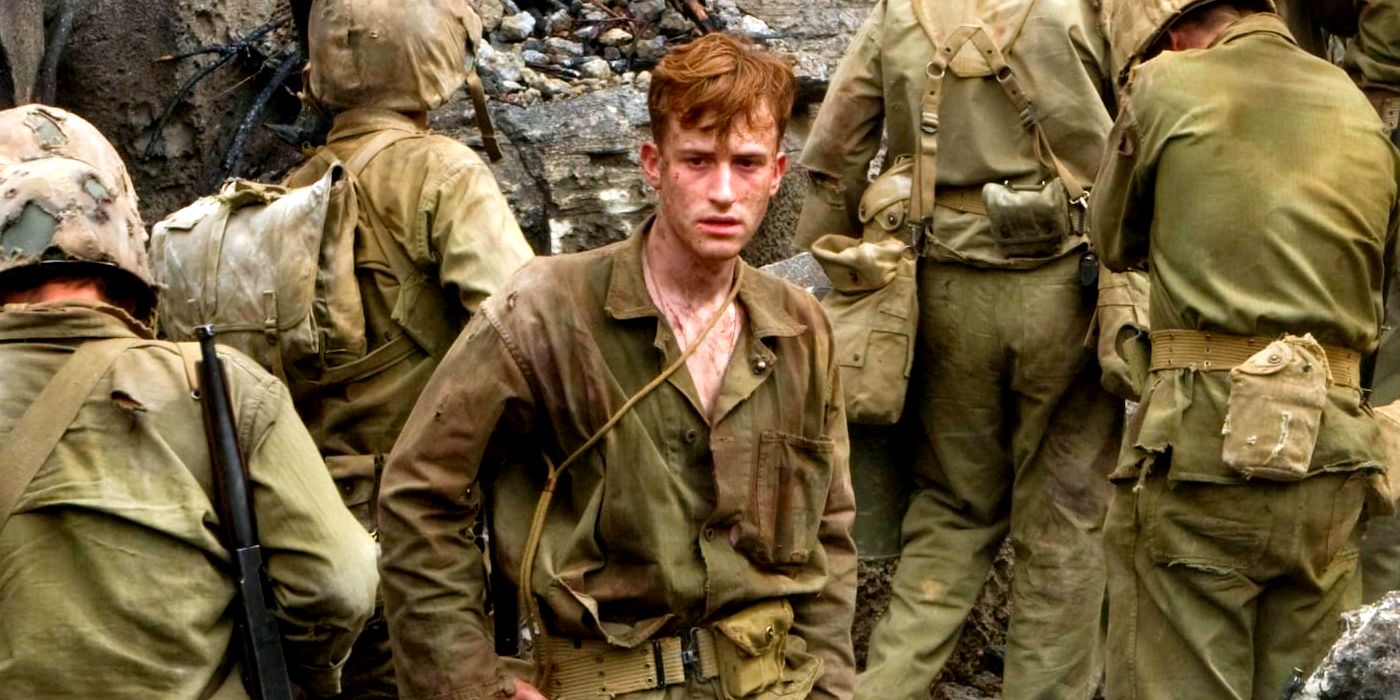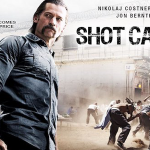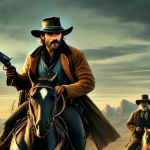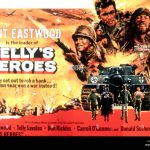𝙏𝙝𝙚 𝙥𝙖𝙘𝙞𝙛𝙞𝙘 (𝟮𝟬𝟭𝟬)

𝙎𝙪𝙜𝙜𝙚𝙨𝙩𝙚𝙙 𝙫𝙞𝙙𝙚𝙤𝙨 𝙛𝙤𝙧 𝙮𝙤𝙪:
𝙎𝙪𝙜𝙜𝙚𝙨𝙩𝙚𝙙 𝙫𝙞𝙙𝙚𝙤𝙨 𝙛𝙤𝙧 𝙮𝙤𝙪:
𝙎𝙪𝙜𝙜𝙚𝙨𝙩𝙚𝙙 𝙫𝙞𝙙𝙚𝙤𝙨 𝙛𝙤𝙧 𝙮𝙤𝙪:
The Pacific (2010) is a critically acclaimed World War II miniseries produced by HBO, following in the footsteps of the earlier hit series Band of Brothers. The series focuses on the experiences of three U.S. Marines as they fight across the Pacific Theater during World War II. It was produced by Steven Spielberg, Tom Hanks, and Gary Goetzman, known for their dedication to historical accuracy and emotional depth in war storytelling.
Plot Summary:
The miniseries is based on the true accounts of three Marines:
- Robert Leckie (played by James Badge Dale),
- Eugene Sledge (played by Joseph Mazzello), and
- John Basilone (played by Jon Seda).
It chronicles their experiences in some of the bloodiest and most intense battles in the Pacific, such as Guadalcanal, Cape Gloucester, Peleliu, Iwo Jima, and Okinawa. The series also delves into the toll the war takes on the soldiers’ mental and emotional well-being as they face relentless combat, harsh conditions, and loss.
Key Characters:
- Robert Leckie: A writer who enlisted as a Marine and served in the 1st Marine Division, Leckie’s story is based on his memoir, Helmet for My Pillow. He struggles with the violence and moral complexities of war.
- Eugene Sledge: Sledge is a fresh-faced recruit who joins the Marines later in the war. His journey is detailed in his own memoir, With the Old Breed, which documents the brutality of the battles he experienced.
- John Basilone: A legendary figure, Basilone is a Medal of Honor recipient who becomes a war hero after the Battle of Guadalcanal. He later returns to the front lines in Iwo Jima, where his story takes a tragic turn.
Themes:
- The Horrors of War: The Pacific doesn’t shy away from showing the extreme violence and hardship faced by soldiers in the Pacific Theater. From the brutal combat to the harsh conditions, the series paints a realistic picture of what life was like for those serving in one of the most unforgiving environments of World War II.
- Psychological Trauma: One of the standout elements of The Pacific is its exploration of the psychological toll that war takes on its characters. The series highlights issues like PTSD, survival guilt, and the emotional scars left on those who return home.
- Brotherhood and Camaraderie: Despite the horrors, the bond between the soldiers is a central theme. The relationships they form with each other become crucial for survival, both physically and emotionally.
Visual Style:
The Pacific is known for its stunning cinematography, often highlighting the natural beauty of the islands in contrast with the violence and destruction of war. The battle scenes are raw and gritty, with high attention to historical detail, immersing viewers in the chaos of combat.
Reception:
The miniseries was met with widespread acclaim for its performances, visual effects, and historical accuracy. While some critics felt it lacked the tight narrative focus of Band of Brothers, The Pacific was praised for its emotional depth and the way it depicted the unique challenges of the Pacific front, often overshadowed by the European Theater in popular media.
Legacy:
The Pacific remains one of the most highly regarded war dramas, known for its emotional storytelling and brutal honesty about the cost of war. It has since been used as a reference in discussions about World War II in the Pacific and continues to be a powerful viewing experience for those interested in history.














